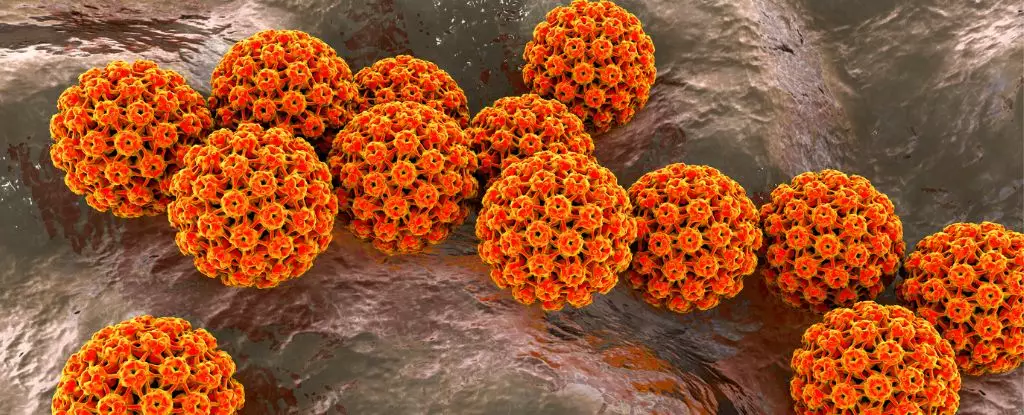Human papillomavirus (HPV) is often viewed through the lens of cervical cancer, particularly in females, but a recent study spotlights an alarming trend: men face significant risks from oral HPV throughout their lifetimes. This underreported aspect of HPV suggests that many men, especially those who have missed early vaccination opportunities, are vulnerable to oral and oropharyngeal cancers. Such insights demand urgent attention to promote widespread vaccination efforts among all males, not just those in their youth.
The rise of oropharyngeal cancers—cancers affecting the throat and mouth—is becoming an epidemic in many regions, specifically the U.S. and Europe. Surprisingly, men are at a markedly higher risk than women, even in cases where traditional risk factors such as smoking and drinking are absent. This skewed ratio raises pressing questions about how contextual health practices might evolve if the risks of oral HPV were better understood and addressed.
Lifetime Vulnerability to Infection
Recent findings indicate that the susceptibility to HPV is not confined to younger populations. The study, which examined 3,137 healthy men aged 18 to 70, revealed that the likelihood of acquiring a new cancer-causing strain of HPV showed no significant difference across age groups. This critical finding highlights that men can contract HPV at any stage of life, challenging the notion that vaccination is only beneficial during adolescence.
This continuous risk underscores the necessity for targeted public health campaigns aimed at raising awareness of HPV and its potential consequences. Key strains, such as HPV-16 and HPV-18, link to approximately 90 percent of oral cancer cases. While a vaccine exists offering protection against these strains, the uptake among young males remains disproportionately low compared to females, contributing to the troubling rise in oropharyngeal cancers.
Guidance from the U.S. Centers for Disease Control and Prevention (CDC) now states that all individuals up to age 26 should receive the HPV vaccine to mitigate the risk of developing HPV-related cancers. However, recommendations taper off for men above this age, only advising vaccination for those who are immunocompromised or present with other risk factors. The CDC posits that individuals in this older demographic would benefit less from vaccination due to potential prior exposure to HPV.
However, this assumption warrants re-evaluation. The absence of comprehensive studies focusing on the lifetime risk of oral HPV among all males leaves a gap in our understanding and suggests that further research could reveal more about chronic exposure to HPV and subsequent infection risks.
Historically, many studies on HPV have concentrated on individuals with same-sex partners, overlooking that oral HPV can also be transmitted through various forms of contact. The dynamics of oral HPV transmission—including methods like skin-to-skin contact or incidental transfer during non-sexual activities—remain inadequately explored.
The research conducted by the Moffitt Cancer Center provides a deeper insight into the prevalence of oral HPV among men. With baseline data showcasing nearly 20 percent of participants harboring an oral HPV infection, the study highlights that a concerning 6 percent identified a virus strain known to cause cancer.
According to epidemiologist Anna Giuliano, whose team spearheaded the study, these findings serve as a critical reminder: vigilance against oral HPV is necessary and that tailored vaccination approaches and heightened community awareness could substantially impact the trajectory of HPV-related oropharyngeal cancers.
As the prevalence of oral HPV and its associated cancers grows, particularly among men, it is essential that public health initiatives evolve. Proactive strategies including educational campaigns, increased vaccination awareness, and reevaluated guidelines for HPV vaccination must be prioritized. By addressing these issues head-on, we can combat the rising tide of oral HPV-related cancers and protect future generations from preventable health risks. Through collective community efforts and informed decision-making, we have the power to optimally mitigate the impact of HPV on oral health.


Leave a Reply